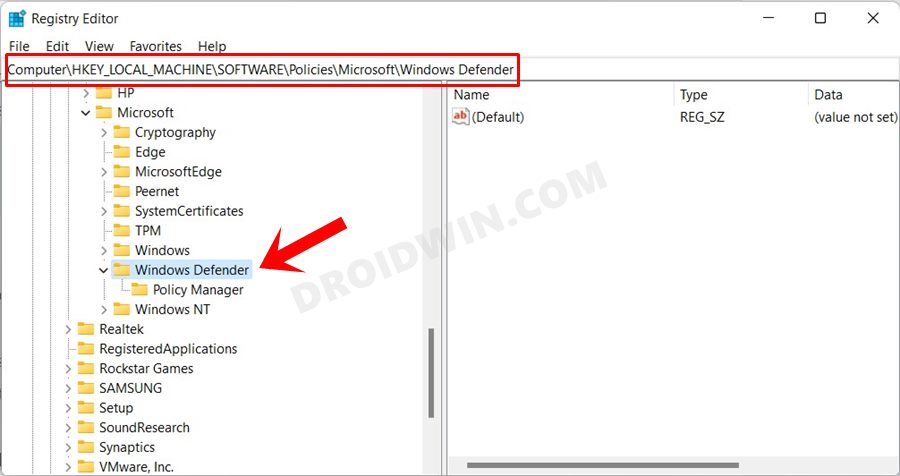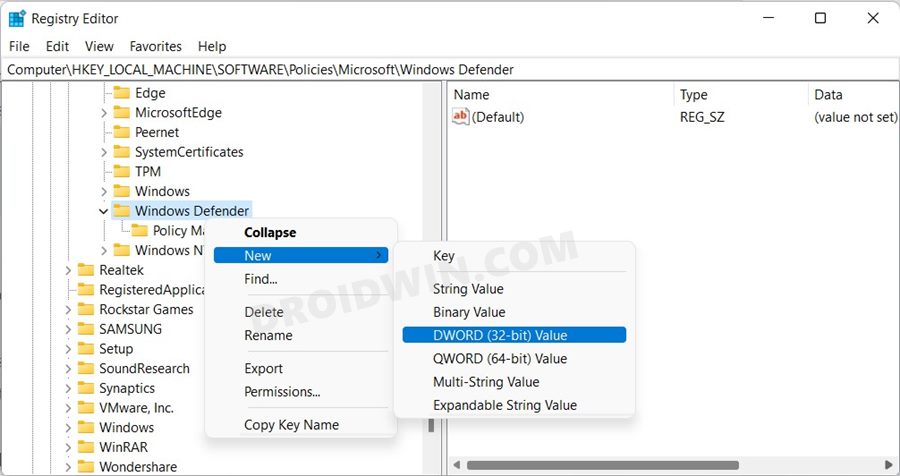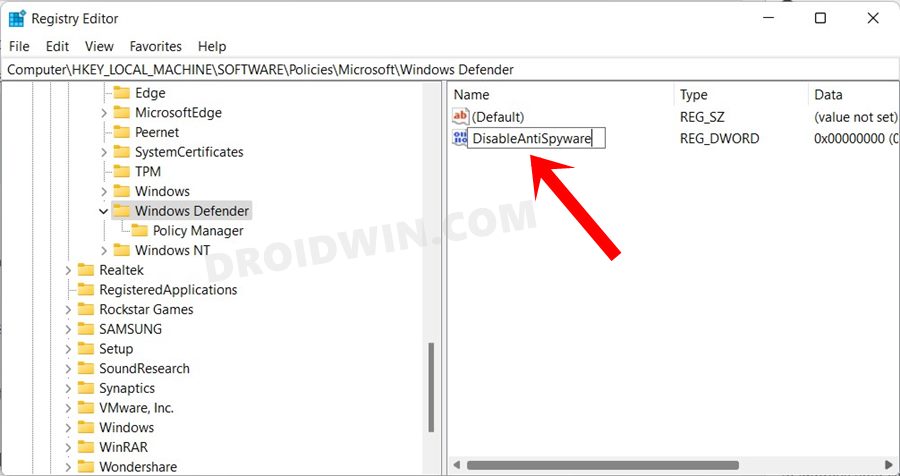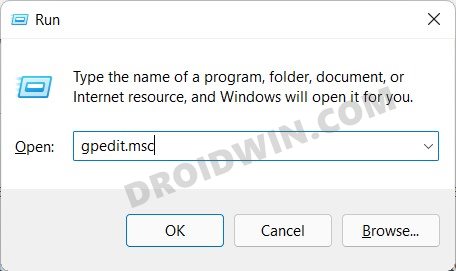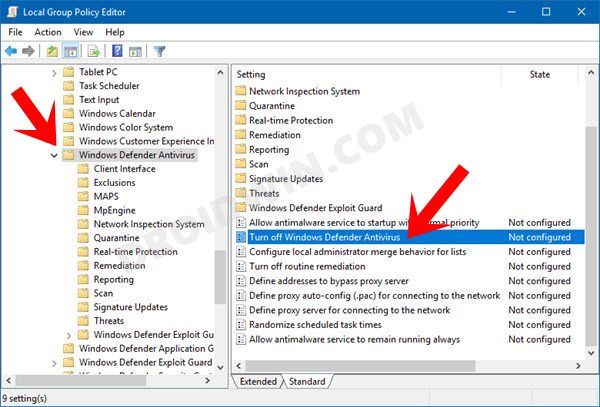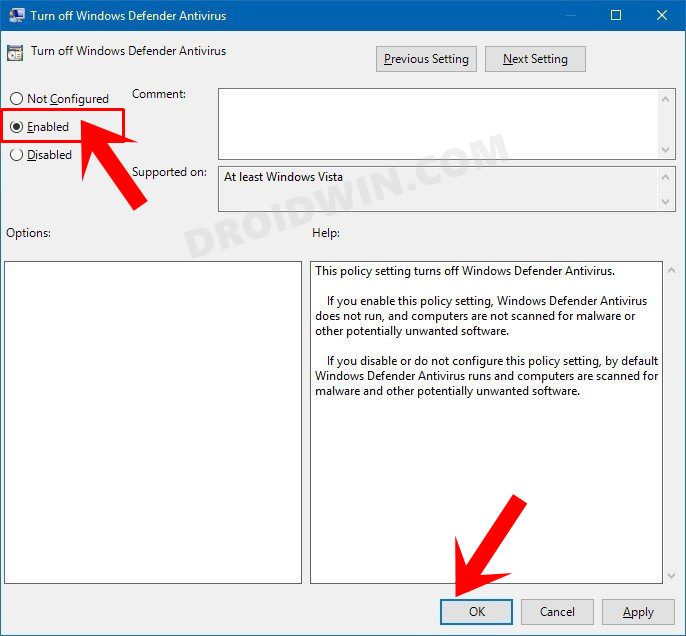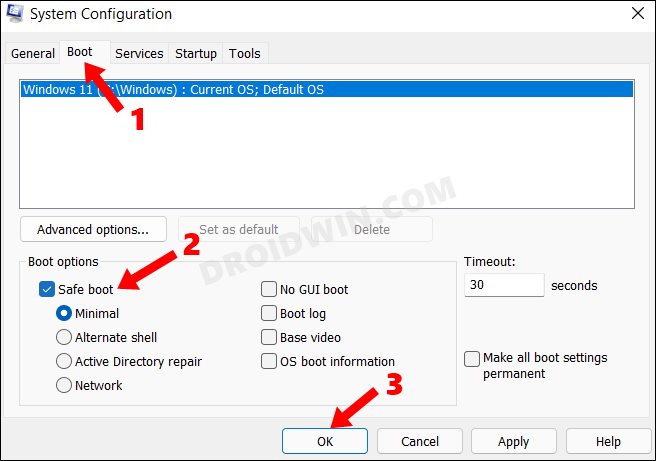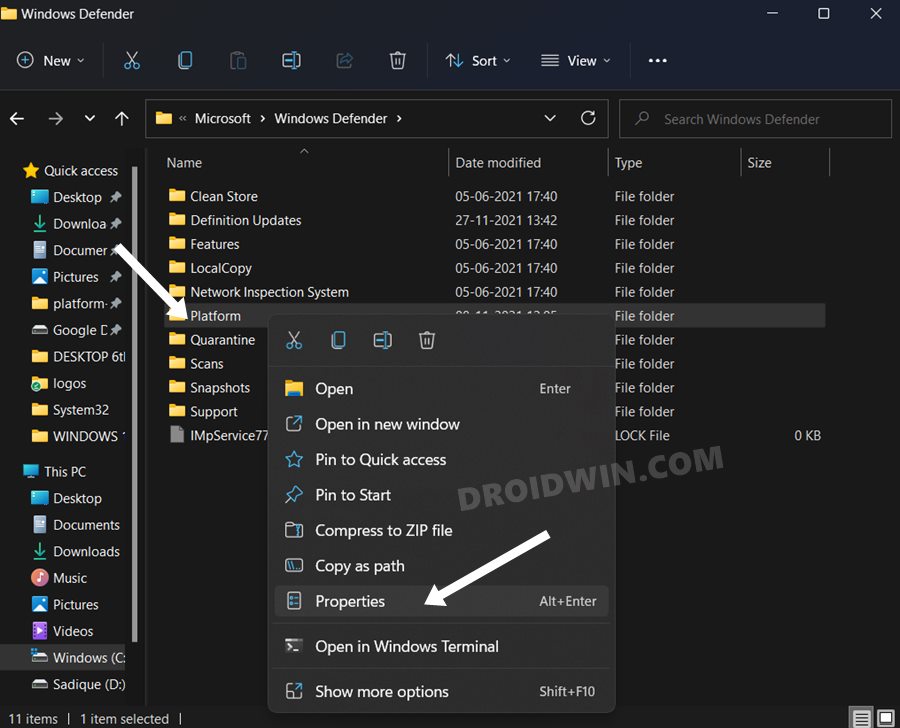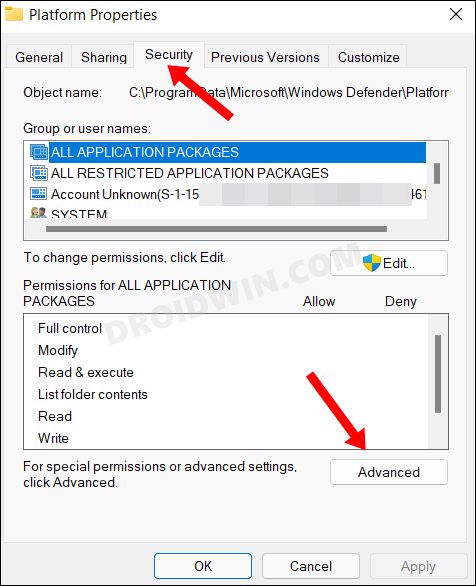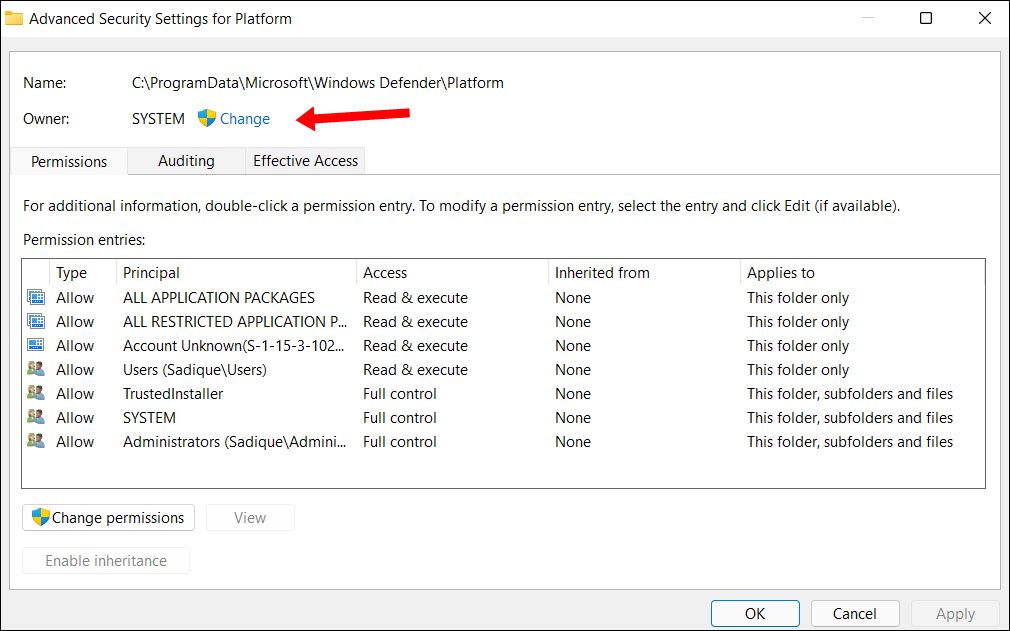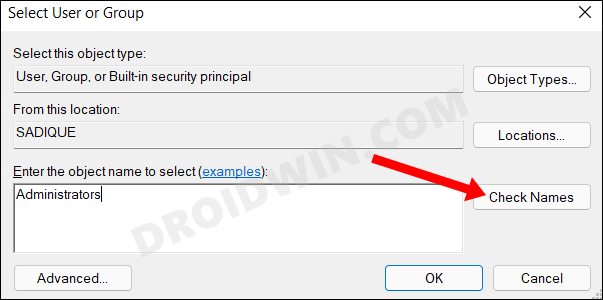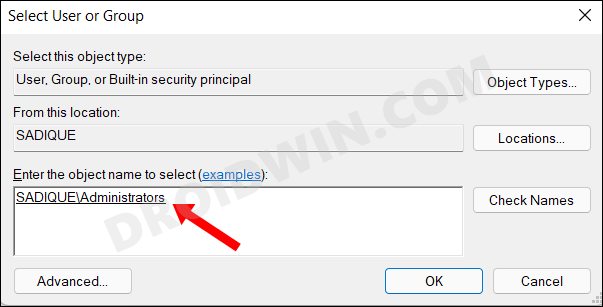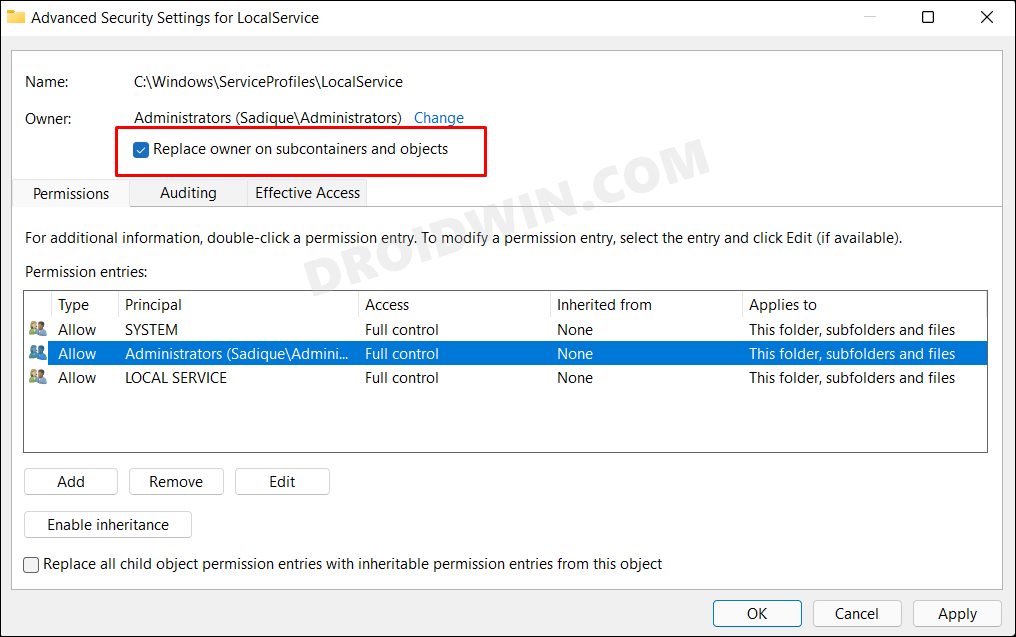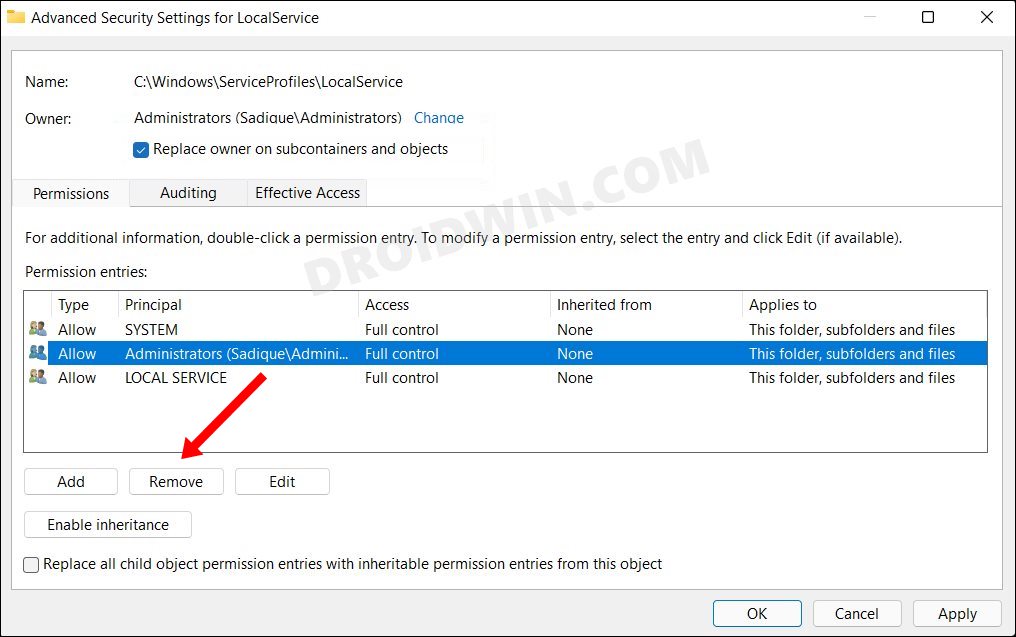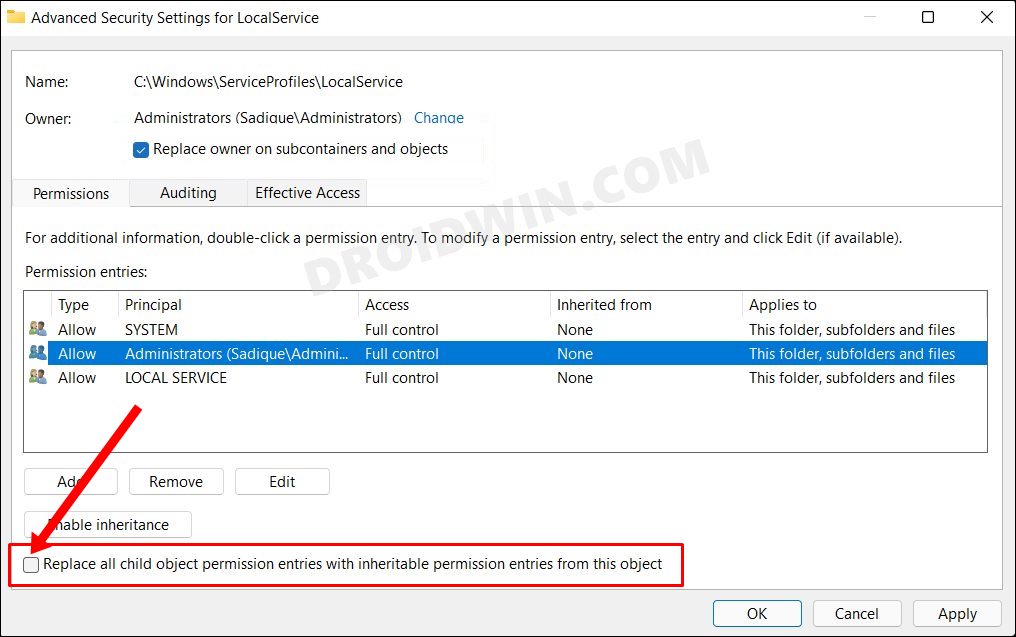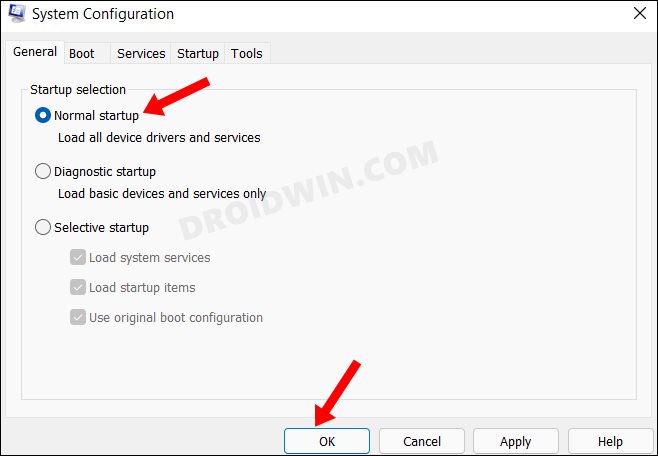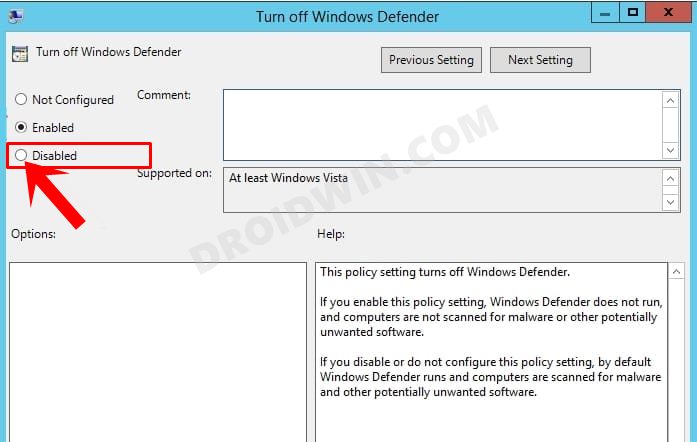If compared with other third-party antivirus software, then there’s not a truckload of virus protection settings that you could choose from. Likewise, most of its firewall settings are effectively applied to only Microsoft’s own browser. So if you are planning to switch over to another antivirus app, then your first course of action should be to disable or turn off the Windows 11 Defender on your PC. There are two different reasons for the same. First off, the Defender app might conflict with the functionality of the third-party antivirus software. And secondly, if you have made up your mind to make a switch, then there’s no need to let Defender run in the background and hog unnecessary system resources or consume an astronomical amount of battery. So keeping these points in mind, this guide will make you two different methods to disable or turn off the Windows 11 Defender on your PC. Follow along.
How to Turn off/Disable Windows 11 Defender
You could carry out the aforementioned task via Registry editor or through Group Policy Editor. We have listed both these methods below, you may refer to the one that is in sync with your requirement.
Via Registry Editor
That’s it. This is how you could disable or turn off the Windows 11 Defender on your PC using the Registry Editor. Let’s now check out the steps to do so using Group Policy.
Via Group Policy Editor
First off, if you are using the Windows 11 Home Edition, then you will have to enable the GroupPolicy Editor (it is already enabled by default in Profesional and Enterprise Editions). To do so, please refer to our guide on How to Enable Group Policy Editor in Windows 11 Home.
Permanently Disable Windows 11 Defender
This is the most extreme of the three methods and there is no turning back. So if you have performed the below steps to permanently disable the Windows 11 defender, then you might only be able to bring it back after reinstalling Windows 11! So if that’s well and good, then let’s get started with the steps. We have listed these instructions under separate sections for the ease of understanding. Proceed in the same exact sequence as mentioned.
STEP 1: Boot to Safe Mode
STEP 2: Take Ownership of Windows Defender
Even if you have are using an administrator account (which is the first prerequisite for this method), you wouldn’t be able to access the Defender settings menu. This is because the system is still in possession of all those files. So you will have to transfer the ownership of all those files over to your administrator account in order to complete the process. Here’s how it could be done:
STEP 3: Remove Permission
In this final section, we will now be removing the Defender permission from all the users and accounts on your PC. Here’s how:
STEP 4: Boot to Normal Mode
Your PC will now boot to the normal mode and the Windows Defender would have been permanently disabled from your Windows 11 PC.
How to Turn On/Re-Enable Windows 11 Defender
If those third-party antivirus apps didn’t prove to be a worthy alternative to the Windows Defender, and hence you wish to re-enable the default Windows antivirus app, then here’s what you need to do. Make sure to refer to the section using which you had disabled the Defender app in the first place.
Via Registry Editor
Via Group Policy Editor
So with this, we round off the guide on how you could disable or turn off the Windows 11 Defender on your PC. We have listed two different methods through which you could carry out the said task. Likewise, we have also listed out the instructions to re-enable, if needed. With that said, if you have any queries concerning the aforementioned steps, do let us know in the comments section below.
Antimalware Service Executable High CPU/Memory Usage: How to FixWindows 11 Right Click: How to Get Windows 10 Context MenuHow to Uninstall Apps using Command Prompt (CMD) or Powershell in Windows 11How to Uninstall Windows 11 Updates via Settings/CMD/Recovery
About Chief Editor

